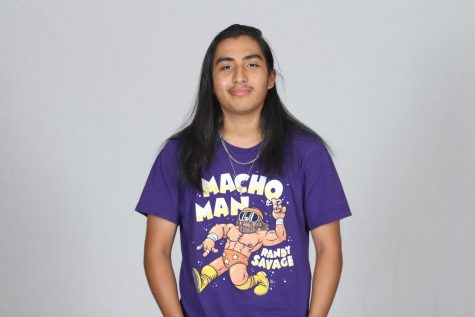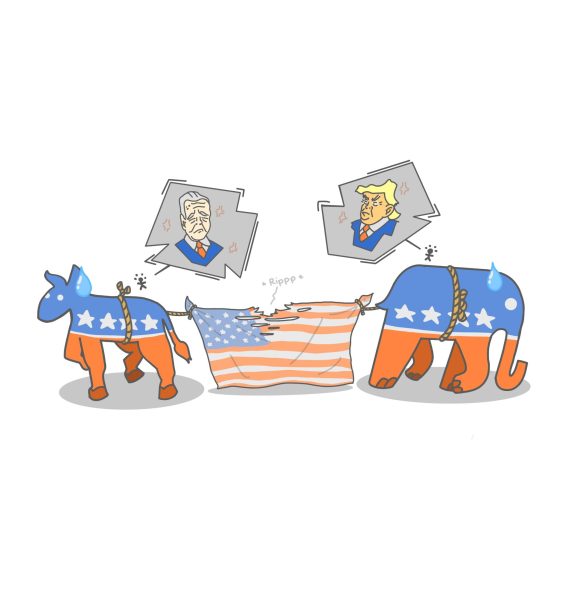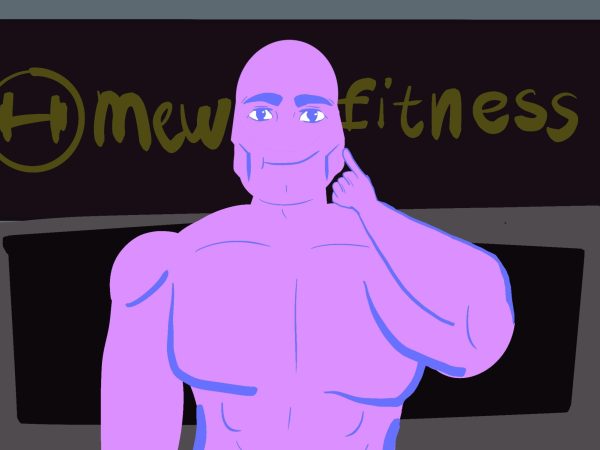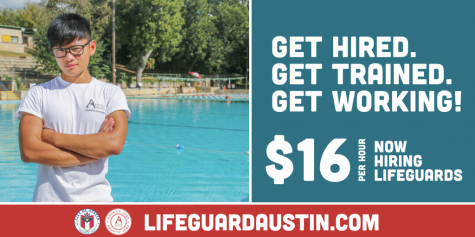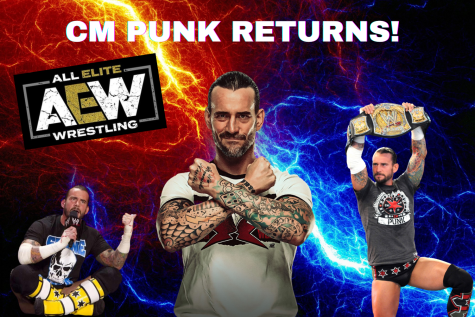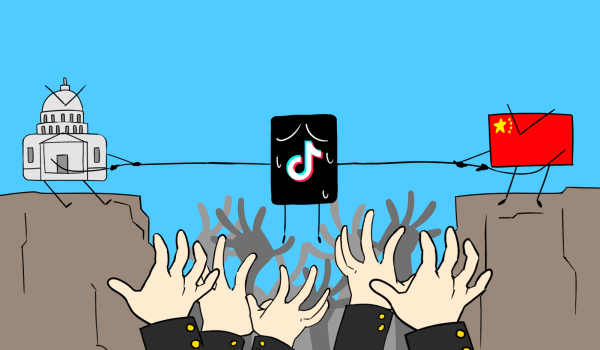Wrestlers share stories about misunderstood sport
Junior Noah Ortiz faces an opponent from Canyon High School in a home game match in January.
February 24, 2022
Wrestling is a timeless sport that consists of two wrestlers trying to beat each other by scoring points primarily from takedowns, escapes, or pins.
Wrestlers come in many different shapes and sizes and come from many different backgrounds; as a result, wrestlers are separated into weight classes. These classes can range from 106 – 285 pounds.
Junior varsity matches are made into three rounds of one minute each while varsity is made into three rounds of two minutes each.
For the majority of the year wrestlers compete in tournaments, duels, tris, and quads. Tournaments are made of various schools and often last two days to complete as all JV and varsity weight classes compete in multiple round brackets. On the other hand, duels between two schools, tris between three schools, and quads being between four schools. They typically can be completed in a matter of hours.
As the wrestling season nears the UIL district-level competition, The Eagle’s Eye interviewed members of the team to learn about who represents Akins on the mats. The interviews discuss the wrestler’s mindsets, their experiences, motivations, and goals.
Eagle’s Eye: What would you say has been the hardest part of wrestling so far?
Junior Noah Ortiz, who has one year of experience:
“Mentally, losing the matches, and then having to get back in the mindset if you’re going to have another match, to win. It’s kind of hard to get back into that mindset after a loss.”
EE: How would you say wrestling has impacted your life, for better or worse?
Kenneth Sheppard, senior with two years of experience:
“I would say it teaches you how when things get tough to keep going.”
EE: From lockups, weights drills, and conditioning, what has been the easiest and hardest part of the learning process?
Jasmine Gonzales, 10th grade, first-year wrestler:
“The hardest part will probably be learning stuff and like making sure you’re doing it the correct way without getting yourself or the other person hurt. And the easiest thing is probably the conditioning because I was already conditioned.”
EE: What pulled you into the sport in the beginning?
Deone Gonzales-Topete, 11th grade, two years experience:
“So really, I wasn’t actually gonna do wrestling. It was more that, I didn’t even know we had a wrestling team in Akins into the wrestling Captain back then Sophia Rivera. She was always: ‘You should try for wrestling.’, Then I was like, ‘Okay, I will’. And then after like four, three days, I joined and I thought it was really fun”
EE: When you think back to when you first started wrestling, was it easier or harder than expected?
Kamryn Arriaga, 9th grade, first year:
“I think it was definitely harder than I expected because I thought you just got down and wrestle but there’s many more things behind it.”
EE: What has been able to keep you going?
Kamryn Arriaga, 9th grade, first year:
“The working out has, and seeing my improvement, especially because I took a lot of videos while I’m doing it. So watching myself do it makes me want to keep trying.”
EE: After this year, do you plan on continuing wrestling?
Kristen Fonseca, 11th grade, two years experience:
“Yes, definitely. I am in love with the sport.”
EE: If someone were to want to join, what messages would you try to get them to either persuade them?
Coach Tambunga, 22 years of coaching wrestling:
“One it’s, I mean, it’s just good hard work. You’ll be in real good shape. And it teaches you how to deal with your body in all the weakest moments.”



